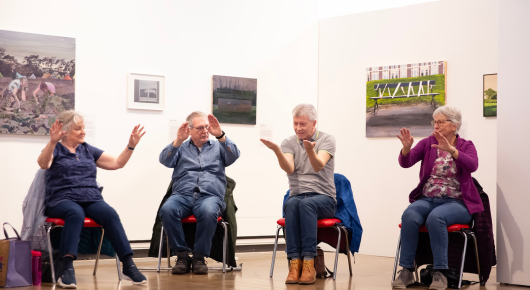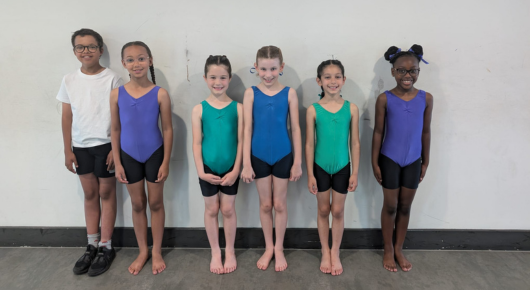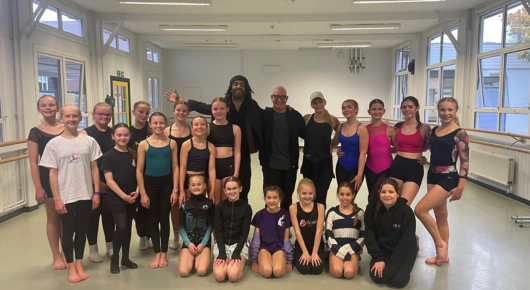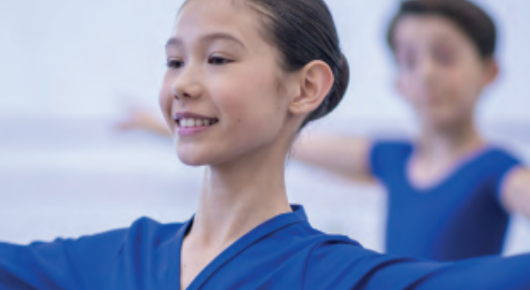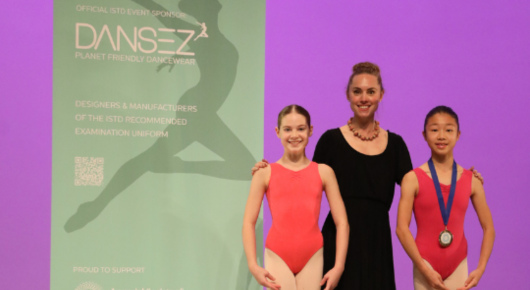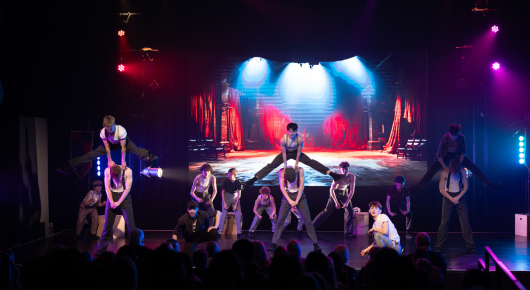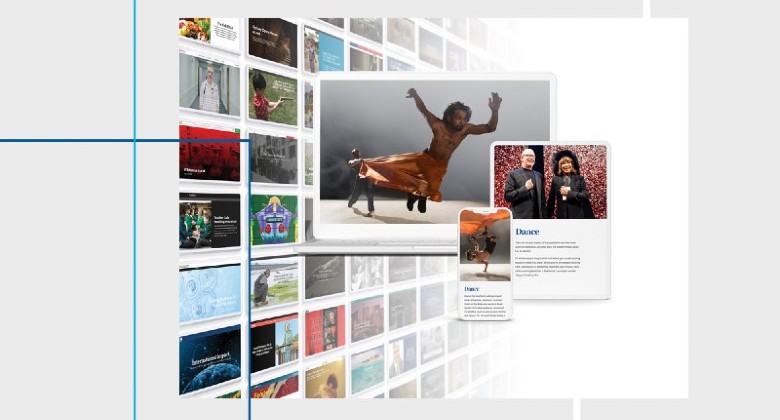9 June 2025
For decades, the Ball scene has been a refuge, a place where LGBTQIA+ people, especially Black and Latinx queer and trans communities, could be fully seen and celebrated. More than just an underground subculture of bold fashion and fierce dance battles, it’s a vibrant expression of resilience, identity, and community. Dance forms like vogueing and waacking aren’t just styles, they’re powerful acts of storytelling and self-worth at the heart of this culture.
What is the Ball scene?
Originating in the 1960s and 70s, Black and Latinx queer communities in New York City created the Ball scene as a safe, welcoming space. It grew from drag pageants. At these balls, people competed in categories like fantasy, group choreography, lip syncing, and realness. These balls often showcased expressive dance styles like voguing and waacking, styles rooted in storytelling and self-expression. These balls were more than just a contest, it was a safe space for minorities. The communities in the Ball scene had chosen performer families called houses, where the leaders of said houses were known as the house mothers and fathers. These bonds between participants provided care and a support network that helped many who faced rejection from their own families or society.
Voguing
Voguing is a highly stylised dance that originated in the Harlem ballroom scene, inspired by the dramatic poses found in fashion magazines. It combines sharp, angular movements with fluid transitions to create a striking visual performance.
This dance form gained mainstream attention through Madonna’s 1990 hit “Vogue” and the groundbreaking documentary Paris is Burning, which helped share its cultural significance with a wider audience. Voguing continues to evolve, influencing dance and fashion worldwide.
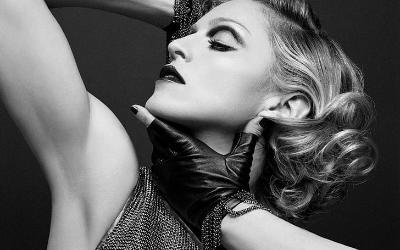
For a deeper dive into this iconic style, check out our previous article, The Art of Voguing.
Waacking
Waacking grew out of the lively LGBTQIA+ club scene in 1970s Los Angeles, created by Black and Latinx queer communities as a way to express themselves freely. It’s known for fast, precise arm movements, striking poses, and a storytelling style. The dance style draws inspiration from the glamour and drama of old Hollywood stars, with dancers incorporating expressive gestures and theatrical flair reminiscent of classic film icons. Over time, waacking has been integrated into other street dance styles, and it remains a vibrant celebration of individuality.
To explore waacking further, check out our article, The Art of Waacking.
The Difference Between Voguing and Waacking
Both voguing and waacking are powerful dance styles celebrated for their bold self-expression, but they differ in movement and energy. Voguing emphasizes sharp, angular poses and runway-inspired movements, combining precise lines with fluid transitions to create a striking, model-like performance. It often highlights control and elegance, focusing on form and dramatic poses.
Waacking centers around fast, theatrical arm gestures, showcasing fluidity and intensity with sweeping, rhythmic movements. It’s expressive and dynamic, often featuring bold, exaggerated poses that convey emotion and storytelling through the arms. While voguing leans into structured poses, waacking thrives on energetic and continuous motion.
Together, they offer unique ways to express creativity and individuality through dance.
Why the Ball scene matters
The Ball scene has provided generations of LGBTQIA+ people with more than just a stage. It’s been a crucial space to live, express, and exist authentically and safely. These communities found sanctuary in balls during the AIDS crisis, fighting for trans rights, and struggles against racism.
Today, the influence of the Ball scene is still very active. Beyoncé’s Renaissance Tour, for example, showcases Ballroom-inspired choreography and runway moments, sharing the art of the Ball scene to huge global audiences. Dancers like Honey Balenciaga, a leading figure in the Ball scene community, have been celebrated and given the platform to perform alongside Beyoncé. Through such mainstream exposure, Ball culture continues to inspire fashion, music, and performance.
Watch Ball culture in action
The power of dance education
Dance has always been a language of identity, expression, and empowerment. For many in the LGBTQIA+ community, the movement has provided a way to speak their truth long before it was safe to say it aloud. Recognising and teaching the cultural context behind styles like Vogueing and Waacking ensures that this legacy is respected and passed on with care.
As one of the world’s leading dance education organisations, the Imperial Society of Teachers of Dancing is committed to supporting a dance environment where every individual feels welcome and valued. Through ongoing work in Equity, Diversity and Inclusion (EDI), we encourage members to engage with the range of resources available to build more inclusive teaching spaces.
